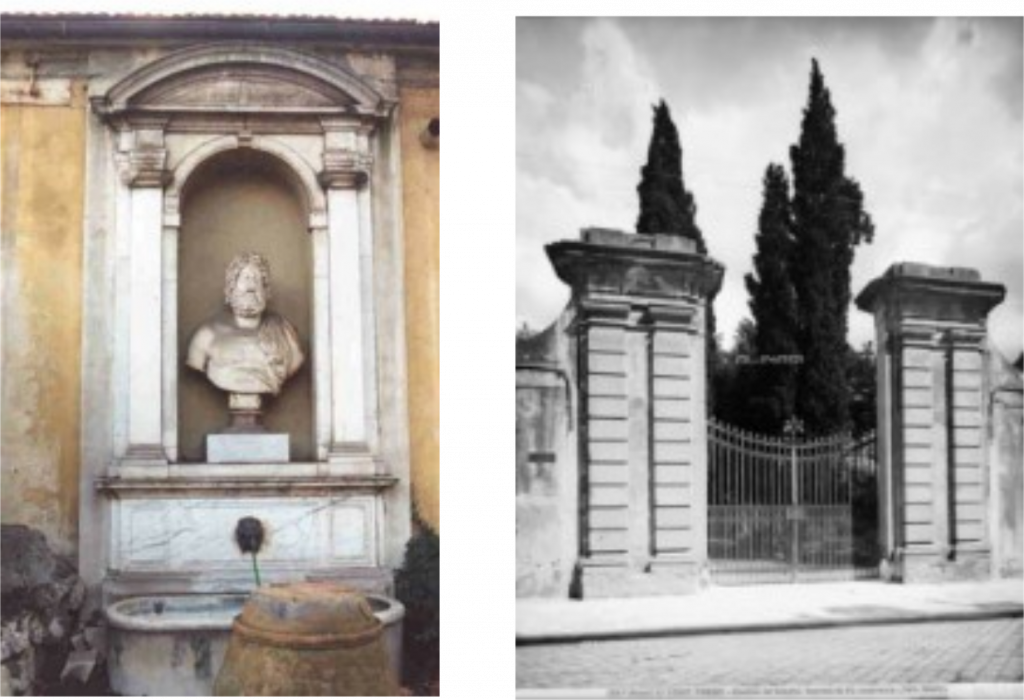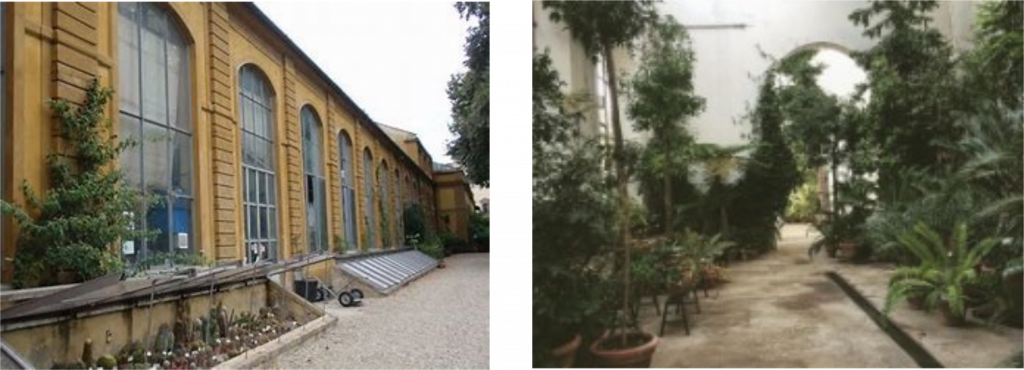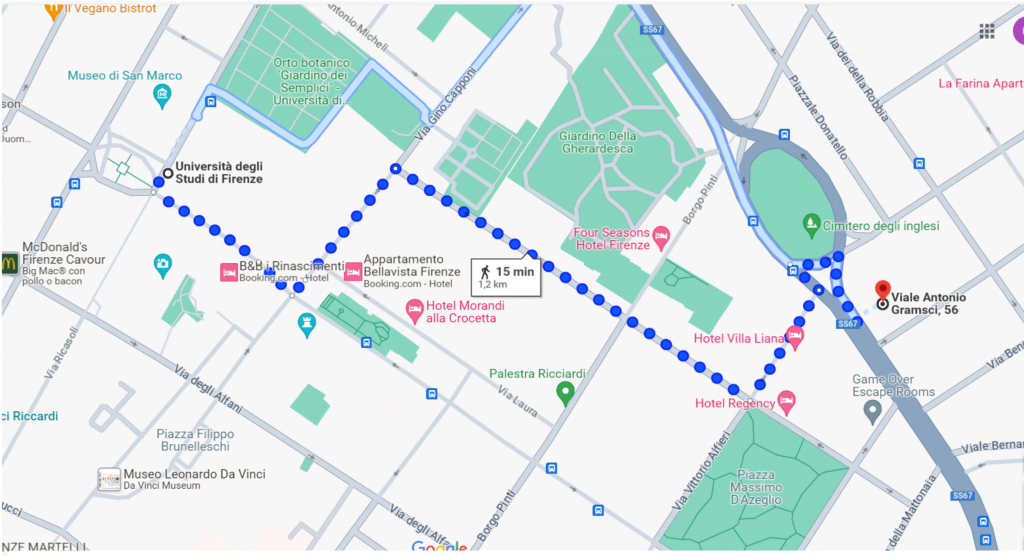September 12, 18:30-19:30: guided tour for participants and accompanying persons of the Botanical Garden, the so-called “Giardino dei Semplici“. It was created at the behest of Grand Duke Cosimo I dei Medici in 1565, as a garden of medical plants or “Semplici”. It is the third oldest botanical garden in the world after Pisa and Padova.
September 12, 19:30 – 20:00: after the visit of the Botanical Garden, a musical entertainment will be offered to participants and accompanying persons by a duo of accordionists. Here you can find the Programme.
September 12, 20:00 – 23:00: dinner for participants and accompanying persons under the centuries-old trees of the Botanical Garden.
The main entrance to the Botanical Garden is located at via Pier Antonio Micheli 3 (Firenze, Italy), 5 minutes walk from the Rectorate.

Giardino dei Semplici
The first botanical garden in the Western world was built in Salerno between the 13th and 14th centuries. With the discovery of America, the massive arrival of unknown species in Europe greatly stimulated research and cultivation.
The “Giardino dei Semplici” in Firenze, so called because it was born as a garden of medicinal plants or “Semplici”, is the third oldest botanical garden in the world, after Pisa and Padova. Its origin dates back to 1 December 1545, when Cosimo I dei Medici rented the land on which the Garden was to be built from the overlooking Monastery of San Domenico in Cafaggio, inhabited by Dominican nuns. About two years earlier Cosimo himself had founded, on the advice of Luca Ghini, the Botanical Garden of Pisa, the first university botanical garden. Between the sixteenth and seventeenth centuries the Giardino dei Semplici had a period of great splendor, thanks to the Medici family.

To date, only the stone bust of Aesculapius remains in the Garden, attributable to Antonio Gino Lorenzi da Settignano (about 1570) and the historic gate that still bears the original Medici coat of arms and epigraph.

The Giardino dei Semplici occupies an area of 23,892m² and is divided, in the open air, into 21 squares and 29 flowerbeds. The complex of large greenhouses, built at the end of the 19th century, which follow one another along Via Micheli for a frontage of 162m, is remarkable in terms of extension (about 1690m²) and volume; they are made up of “hot greenhouses”, which house tropical plants, and “cold greenhouses” where there are plants that require lower temperatures. They include the collection of Cycads, Ficus, Palms, an ancient collection of Citrus, succulent and aquatic plants, as well as a rich collection of plants of traditional ethno-botanical uses.

Outdoors there are the food plants, the flowerbeds of medicinal and poisonous plants, the Zen garden, the flowerbeds for the acclimatization of exotic palms and cycads, the hydrangeas with numerous varieties, the historical collection of azaleas, the pools with aquatic plants, including some species worthy of conservation, in addition to the lotus flower and water lilies. Three cases contain a small collection of carnivorous plants. It is also remarkable the citrus collection with ancient varieties and curiosities such as the Turkish orange and the chinotto.

